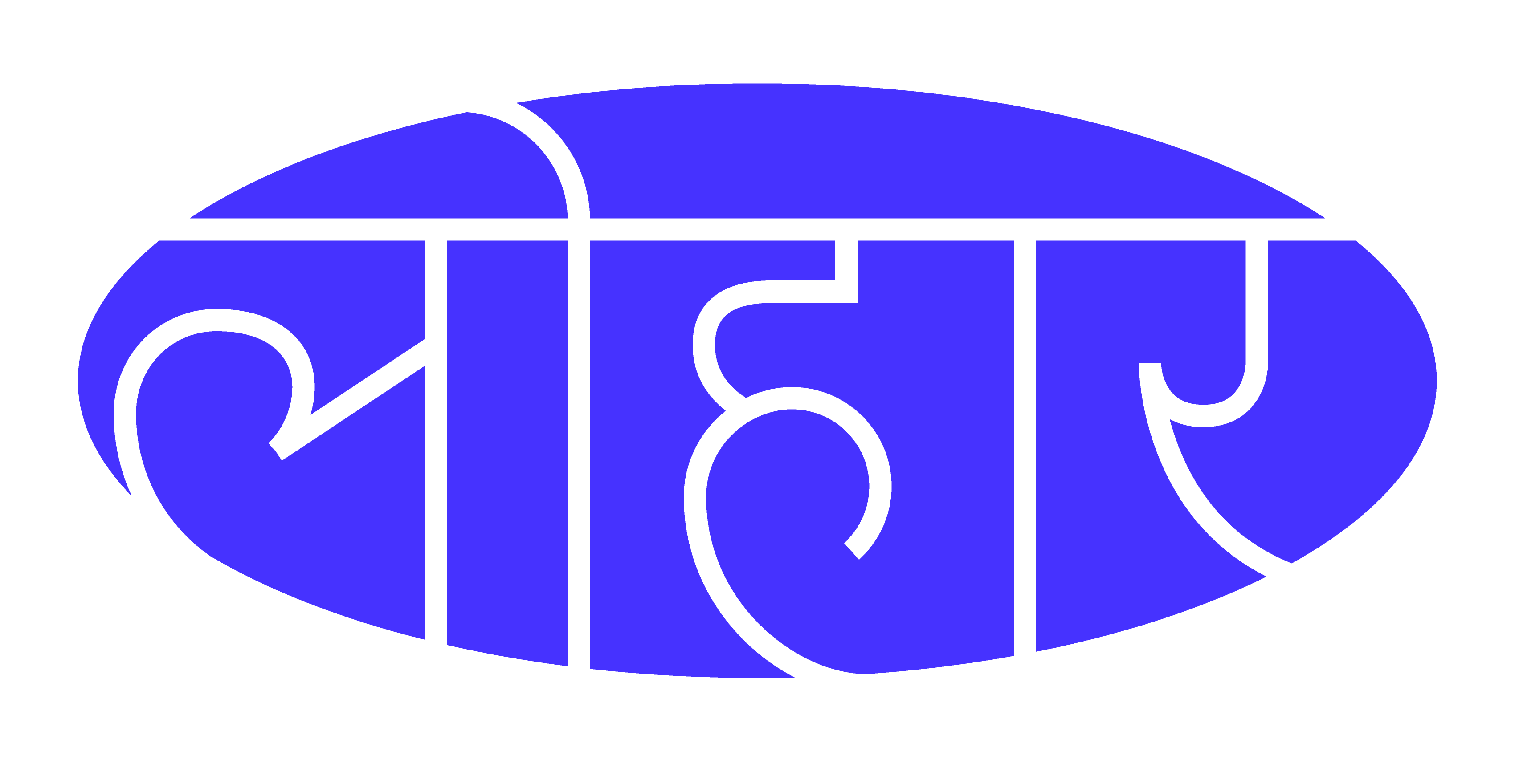RESOURCES
Portfolio Resources (links in blue) Below are some of my favorite online tools for starting your own professional portfolio. Your portfolio is a suite of documents and media that reflect your professional or artistic practice. As an advisor, I provide tailored review and editing for your portfolio to meet specific goals but I recommend all clients take a look at what tools are available online as a starting point to crafting these documents for the first time.
Cover Letter
A cover letter is a document often requested for job, fellowship, or internship applications. Cover letters serve as your introduction to articulate your interest in a desired position (and organization) with a narrative demonstrating how your experience uniquely qualifies you for the role. Cover letters should be no more than one page, be tailored for the role you’re applying to and always be paired and sent with a resume or curriculum vitae.
Start here: How to Write a Cover Letter
Resume
A resume is a critical document for applying to jobs, grants, residencies, interships and almost any professional position (paid or unpaid). A resume is a summarized, short form document that outlines not only your professional experience but provides a narrative of your potential for any given position or opportunity. There is no one format or standard length for writing a resume but its important remember this document is meant to be concise, clean, and easy to read.
Start here: How to Write a Resume * What is the difference between a resume and CV? *
Curriculum Vitae (CV)
A curriculum vitae, also known as a CV, is another kind of professional document articulating all aspects of your professional, acadamic, and creative experience. CVs are commonly requested when applying for academic, artistic or sometimes grant opportunities. Unlike resumes, some CVs are long form while others are shorter in length.
Start here: Academic CV and Professional CV samples
Artist Statement
Artist statements are generally requested for applications to grants, residencies, and sometimes galleries interested in representing you. Though they can be tricky to write, they are immensely helpful narratives not only for others to understand your work but also as an excerise in reflecting on your own practice. An artist statement can and needs to change over time so think of it as a developing narrative, not a static text.
Start here: How to Write an Artist Statement
Teaching or Pedagogical Statement A teaching or pedagogical statement is often requested when applying for a range of informal and academic teaching roles in museums, cultural centers, universities, and sometimes for teaching related to specialized groups of people (incarcerated, post-trauma). These statements are usually brief (no more than one page) and outline your approach to teaching, any academic or theoretical ideas that ground your approach, and what your desired outcomes are for your students. Like an artist statement, teaching and pedagogical statements are a great self-reflective exercise and can give readers a deeper perspective on your approach to teaching.
Start here: Teaching Statement
